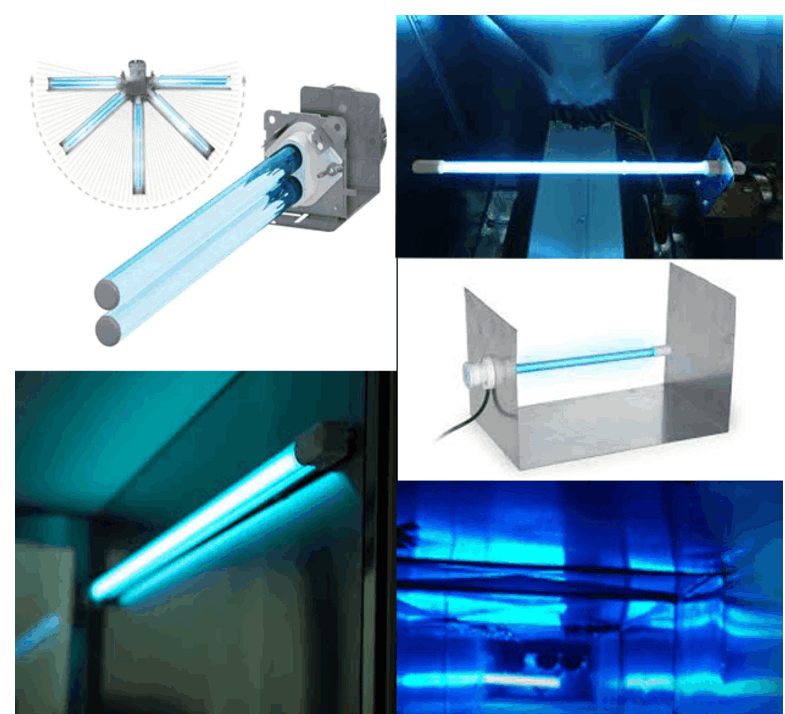OUR RESPONSE TO COVID-19
We remain open as an essential service to the community. We take safety seriously and are taking add are taking added precautions to protect our team and customers.


UV Lights for HVAC Systems and What are the Benefits?
The thought of mold and bacteria multiplying in the HVAC system and being circulated
through ductwork is troubling to anyone who wants a sanitary home. It can be a serious
threat to those with breathing issues such as asthma and C.O.P.D.
Here are a few Q&A of the benefits that home and business owners can gain from
investing in UV lights:
Q1. Do UV Lights Kill Mold, Bacteria and Viruses?
Ultraviolet lights were shown to kill mold, viruses and bacteria more than 100
years ago. In fact, in 1903, Niels Finsen was given the Noble Prize in Medicine
for using UV to effectively treat patients with skin infections. Today, UV lights are
used for germicidal use in hospitals, restaurants and grocery stores. And they
have been shown effective in killing sterilizing an HVAC system.
Q2. Can UV Light Kill COVID-19?
UV light might kill coronavirus! According to the US Centers for Disease Control
and Prevention, “Vaporous hydrogen peroxide, ultraviolet germicidal irradiation,
and moist heat are the most promising decontamination methods” for COVID-19
commonly called coronavirus.
Q3. What kind of UV Light Options exist for your HVAC System?
Coil Sanitizing Lights: Coil UV lights are the most common HVAC sterilizing
lights. Single-lamp and dual-lamp models are produced. Coil sterilization
lights are installed where they can shine directly onto the surface of the coil,
and they are left on continuously.
Air Sanitizing Lights: This type of HVAC germicidal lights are installed in the
ductwork bringing return air to the system. Their purpose is to kill airborne
germs and mold. Stick and U-shaped lamps are used by various
manufacturers.
Q4. What Is UV Radiation?
Within the light spectrum, ultraviolet light waves occupy the 0 nm to 400 nm range. The term nm
stands for nanometers, or billionths of a meter. This range is optically invisible to the human eye.
The 0 to 400 nm spectrum is divided into 4 levels1, and they are defined as:
• UV-A (long-wave; 400 to 315 nm): the most abundant in sunlight, responsible for skin
tanning and wrinkles.
• UV-B (medium-wave; 315 to 280 nm): primarily responsible for skin reddening and skin
cancer.
• UV-C (short-wave; 280 to 200 nm): the most effective wavelengths for germicidal control.
• UV under 200 nm (vacuum UV; 0 to 200 nm): radiation below 200 nm can produce ozone
(O3) in air.
It is the UV-C section of the spectrum that has germicidal properties, with 253.7 nm being the ideal
frequency level at which DNA absorbs the most UV light.
Q5. Can UV Lights Really Increase the Air Quality in My Home?
Yes, if they are installed properly, and use the correct spectrum of UV light. It
is up to the homeowner to ensure that conditions are right, and installation is
completed correctly by a qualified HVAC technician. A professional with
experience in installing UVGi systems must keep a multitude of conditions in
mind when installing a system2. The correct placement and direction of the
proper number of UVGi lights has as much bearing on effectiveness as the
temperature and humidity levels within the home.